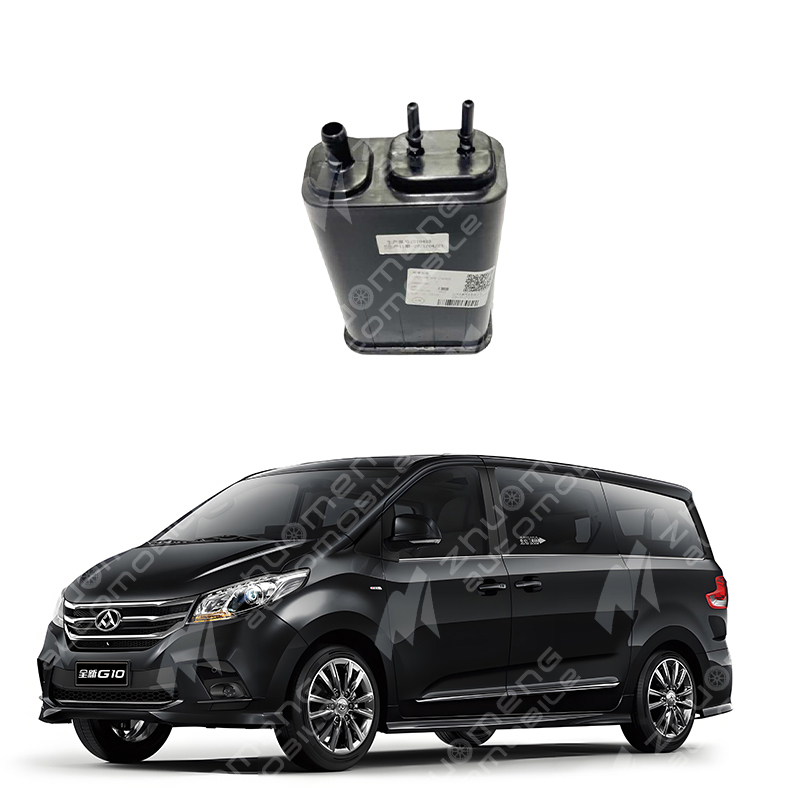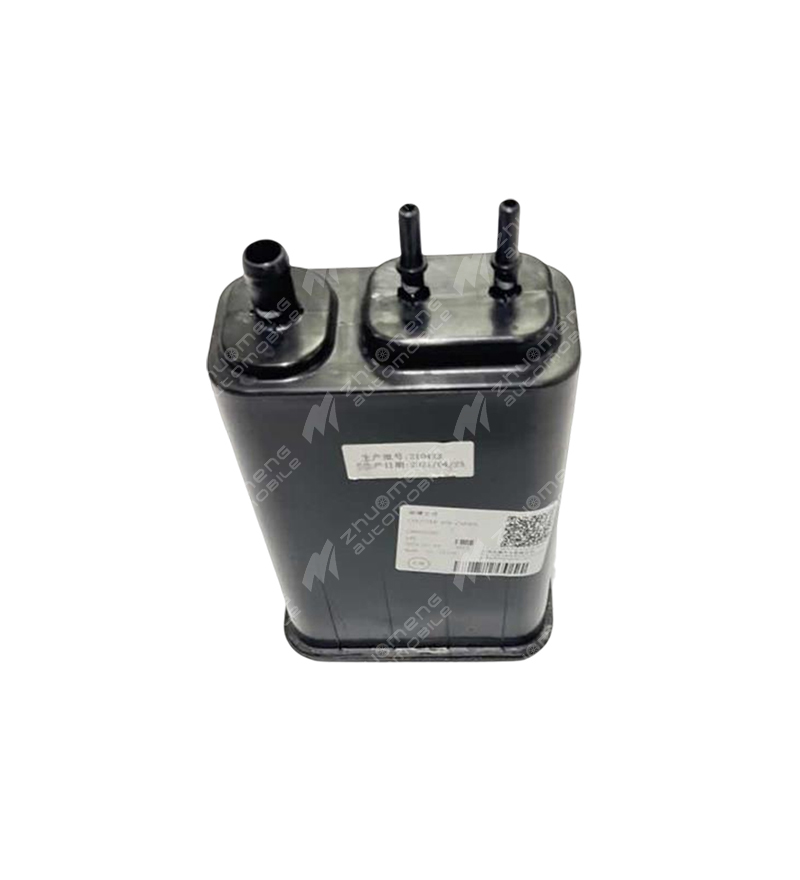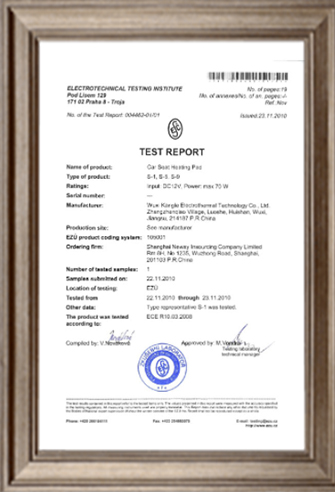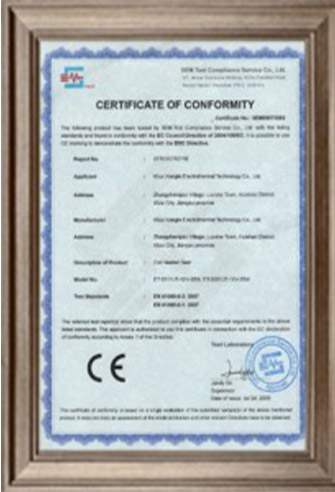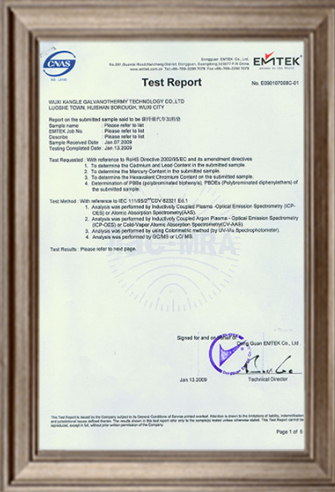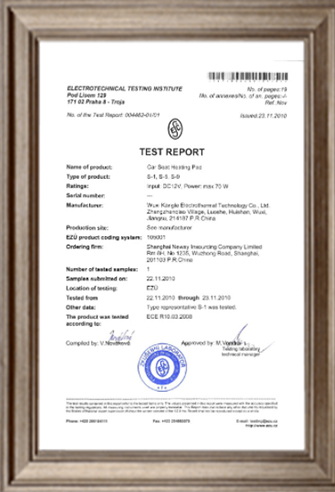Where is MAXUS G10 carbon tank?
The carbon tank is usually located between the engine and the gasoline tank. The carbon tank is part of the Gasoline Evaporation Control System (EVAP).
At room temperature, the fuel tank is often filled with steam. The purpose of the gasoline evaporation control system (EVAP) is to avoid the evaporation of fuel vapor into the atmosphere after the engine stops running.
Function and importance of carbon tank
Carbon tank is the most important key device in gasoline evaporation control system (EVAP). The main function of collecting and storing gasoline vapor is performed by carbon tanks.
In fact, the carbon tank is like the gallbladder of the human body. The gallbladder is used to store and supply bile, while the carbon tank is used to collect and store gasoline vapors.
The methods of cleaning MAXUS G10 carbon tank mainly include the following:
gasoline scrub : First of all, wipe the surface of the carbon tank with gasoline, which can effectively remove dirt and oil stains. However, it should be noted that gasoline is flammable and should be handled with caution .
plant ash cleaning : evenly sprinkle the plant ash on the carbon tank, then lay white paper and press it with heavy weights for ten hours. After that, remove the ash with a brush and scrub with hot rice soup. This method can completely remove dirt and oil stains on the surface of the carbon tank .
batter cleaning : Make batter with water and flour, spread evenly on carbon can, dry and remove the top layer of cake. This method will remove oil stains, but be careful when operating so as not to stain other parts .
diluent cleaning : If the oil stain on the carbon tank is too heavy, you can scrub it with diluent (such as banana water) and turpentine, wait for the oil stain to dissolve, and then clean it with special detergent. This method can completely remove the oil stains on the carbon tank, but it needs to be used safely .
In the cleaning process, the following points should be noted:
Ensure that the vehicle is turned off and the fuel tank is not too full to ensure safety.
When disassembling the carbon tank, the location of each line should be recorded to avoid confusion.
Use a special cleaning agent to spray on the inside and outside of the carbon tank, use a soft brush to gently wipe, avoid using hard tools or strong acid and alkali cleaning agents, so as not to damage the carbon tank.
After cleaning, carefully inspect the carbon tank to ensure that there is no damage. Place the carbon tank in a ventilated place to dry naturally or use compressed air to dry the internal moisture.
After the carbon tank is dry, connect the pipes as is and tighten them, ensuring that there is no leakage .
Through the above methods, the service life of the carbon tank can be effectively improved to ensure the normal operation of the vehicle .
Troubleshooting methods for MAXUS G10 carbon tank failures include cleaning or replacing the carbon tank, inspecting and replacing the carbon tank solenoid valve, and so on.
When the carbon tank is blocked, it should be cleaned or replaced immediately to prevent inconvenience to the use of the vehicle. A simple test can be done to check if the tank is clogged: stop after driving a certain distance, keep the engine running, and then try to tap the refueling cap with your hand. If you can hear an aspirating sound, it means the tank is probably clogged. In addition, when the carbon tank is clogged, the car will emit a distinct gasoline smell. If the vehicle is parked outdoors for a long time, when the fuel tank cap is opened, a large amount of gas will be emitted, which is also due to the blockage of the carbon tank. Therefore, to solve the problem of carbon tank blockage, it is necessary to clean or replace the carbon tank in time.
In addition, the carbon tank solenoid valve, as a key component of the fuel evaporation emission control system, can also cause related problems if it fails. For example, if the vehicle has an abnormal sound at the fuel door, it may be due to the normal mechanical sound generated by the valve area or the fuel nozzle when it is working, or the sound of the carbon tank solenoid valve. If the sound frequency does not change after giving some oil at idle, it may be a problem with the solenoid valve; If the frequency changes, it could be the valve. The sound is particularly noticeable during cold starts, but should return to normal as the engine heats up. If the abnormal sound continues or is disturbing, it is recommended to go to the 4S shop or auto repair shop for professional inspection .
In summary, the solution to the MAXUS G10 carbon tank failure includes inspection and possible replacement of the carbon tank and the carbon tank solenoid valve, as well as paying attention to the sound changes of the vehicle under specific conditions, and professional inspection and repair if necessary.
If you want to know more, keep reading the other articles on this site!
Please call us if you need such products.
Zhuo Meng Shanghai Auto Co., Ltd. is committed to selling MG&MAUXS auto parts welcome to buy.
